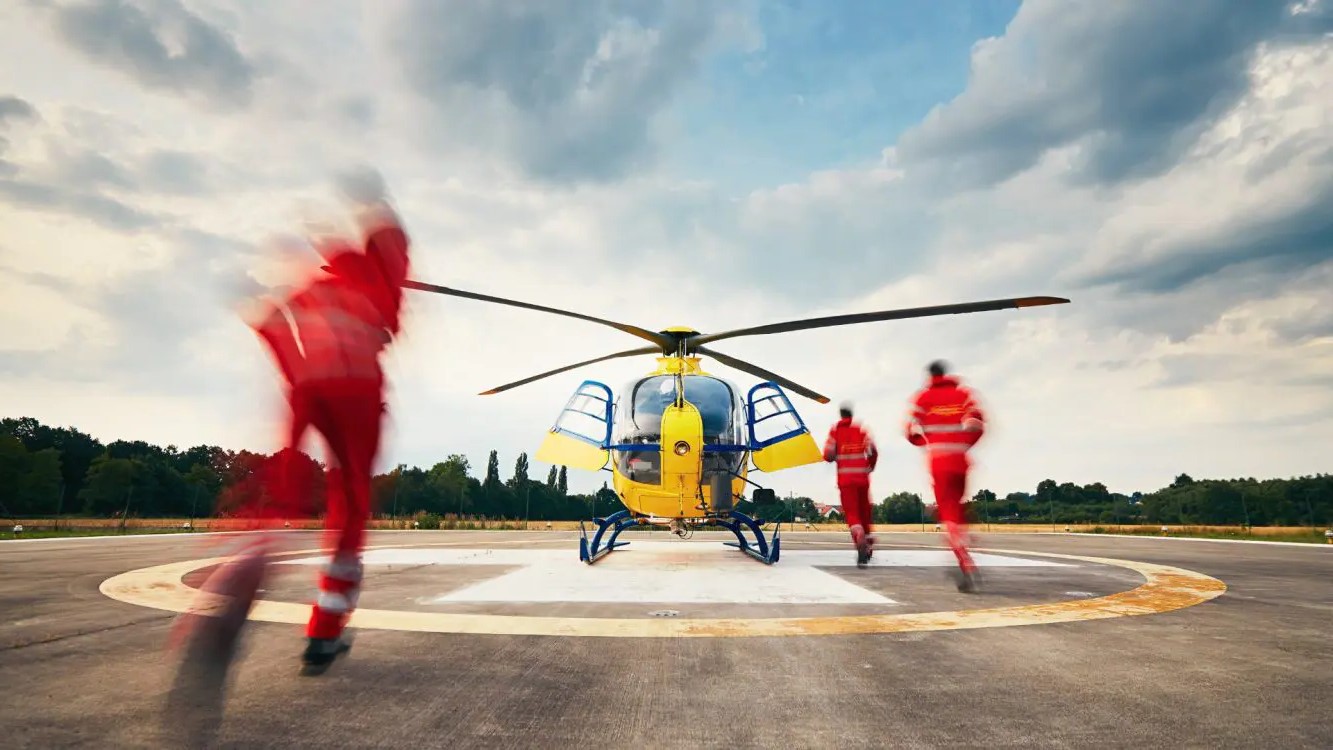
Aviation emergency services play a crucial role in ensuring the safety of passengers and crew during unexpected situations. These services encompass a wide range of activities, from firefighting and medical assistance to search and rescue operations. But what exactly do these services entail, and why are they so vital? Aviation emergency services are essential because they provide immediate response and support during critical incidents, minimizing potential harm and saving lives. Whether it's a medical emergency on a flight or a crash landing, these professionals are trained to handle various scenarios with precision and efficiency. Let's dive into 15 fascinating facts about these lifesaving heroes and their indispensable work.
Key Takeaways:
- Aviation emergency services are highly trained and equipped to respond to any crisis within minutes, ensuring passenger safety and minimizing damage.
- Advanced technology, specialized training, and rapid response times are key elements that make aviation emergency services effective in handling medical emergencies and combating fires in aviation.
The Role of Aviation Emergency Services
Aviation emergency services play a crucial role in ensuring the safety of passengers and crew during flight emergencies. These services encompass a range of activities, from firefighting to medical assistance. Here are some fascinating facts about aviation emergency services.
-
Rapid Response Time: Aviation emergency services are designed to respond within three minutes to any incident on the runway. This quick response time is critical for saving lives and minimizing damage.
-
Specialized Training: Personnel in aviation emergency services undergo rigorous training, including simulations of various emergency scenarios. This ensures they are prepared for any situation, from engine fires to medical emergencies.
-
Advanced Equipment: Airports are equipped with specialized vehicles and tools, such as aircraft rescue and firefighting (ARFF) trucks. These vehicles can carry large amounts of water and foam to extinguish fires quickly.
Medical Emergencies on Board
Medical emergencies can occur at any time during a flight. Aviation emergency services are prepared to handle these situations with expertise and efficiency.
-
Onboard Medical Kits: Commercial airplanes are required to carry medical kits that include basic first aid supplies, medications, and equipment like defibrillators.
-
Crew Training: Flight attendants receive training in first aid and CPR to assist passengers during medical emergencies. They can also communicate with ground-based medical professionals for additional guidance.
-
Emergency Landings: In severe cases, pilots can make emergency landings at the nearest airport to provide passengers with immediate medical attention.
Firefighting in Aviation
Fire is one of the most dangerous threats in aviation. Aviation emergency services have specialized techniques and equipment to combat fires effectively.
-
Fire Suppression Systems: Modern aircraft are equipped with advanced fire suppression systems, including smoke detectors and fire extinguishers in cargo holds and lavatories.
-
Foam Agents: ARFF trucks use foam agents to smother fires quickly. These agents create a barrier between the fuel and the fire, preventing re-ignition.
-
Thermal Imaging Cameras: Firefighters use thermal imaging cameras to locate hotspots and ensure that fires are completely extinguished.
Coordination and Communication
Effective coordination and communication are essential for aviation emergency services to function smoothly.
-
Control Towers: Air traffic control towers play a vital role in managing emergencies by coordinating with pilots, emergency services, and ground staff.
-
Emergency Operations Centers: Airports have dedicated emergency operations centers that serve as command hubs during crises. These centers facilitate communication and decision-making.
-
Drills and Exercises: Regular drills and exercises are conducted to test the readiness of aviation emergency services. These simulations help identify areas for improvement and ensure seamless coordination.
Technological Advancements
Technology has significantly enhanced the capabilities of aviation emergency services, making them more efficient and effective.
-
Drones: Drones are increasingly being used for aerial surveillance during emergencies. They provide real-time data and help assess the situation quickly.
-
Automated External Defibrillators (AEDs): AEDs are now standard equipment on many commercial flights. These devices can save lives by delivering electric shocks to restart a passenger's heart.
-
Real-Time Data Sharing: Advanced communication systems enable real-time data sharing between aircraft and ground-based emergency services. This ensures that responders have the information they need to act swiftly and effectively.
The Final Descent
Aviation emergency services play a crucial role in ensuring safety in the skies. From air traffic controllers guiding planes through turbulent weather to emergency medical teams providing life-saving care, these professionals work tirelessly behind the scenes. Their expertise and quick thinking can mean the difference between life and death.
Firefighting aircraft tackle wildfires, while search and rescue teams locate and assist stranded individuals. Aviation mechanics ensure that every aircraft is in top condition, preventing potential disasters before they happen.
Understanding these facts highlights the importance of aviation emergency services. Next time you board a plane or hear about a rescue mission, remember the dedicated teams working to keep everyone safe. Their efforts often go unnoticed, but their impact is immense.
Stay informed, appreciate their work, and spread the word about the vital role they play in aviation safety.
Frequently Asked Questions
Was this page helpful?
Our commitment to delivering trustworthy and engaging content is at the heart of what we do. Each fact on our site is contributed by real users like you, bringing a wealth of diverse insights and information. To ensure the highest standards of accuracy and reliability, our dedicated editors meticulously review each submission. This process guarantees that the facts we share are not only fascinating but also credible. Trust in our commitment to quality and authenticity as you explore and learn with us.


